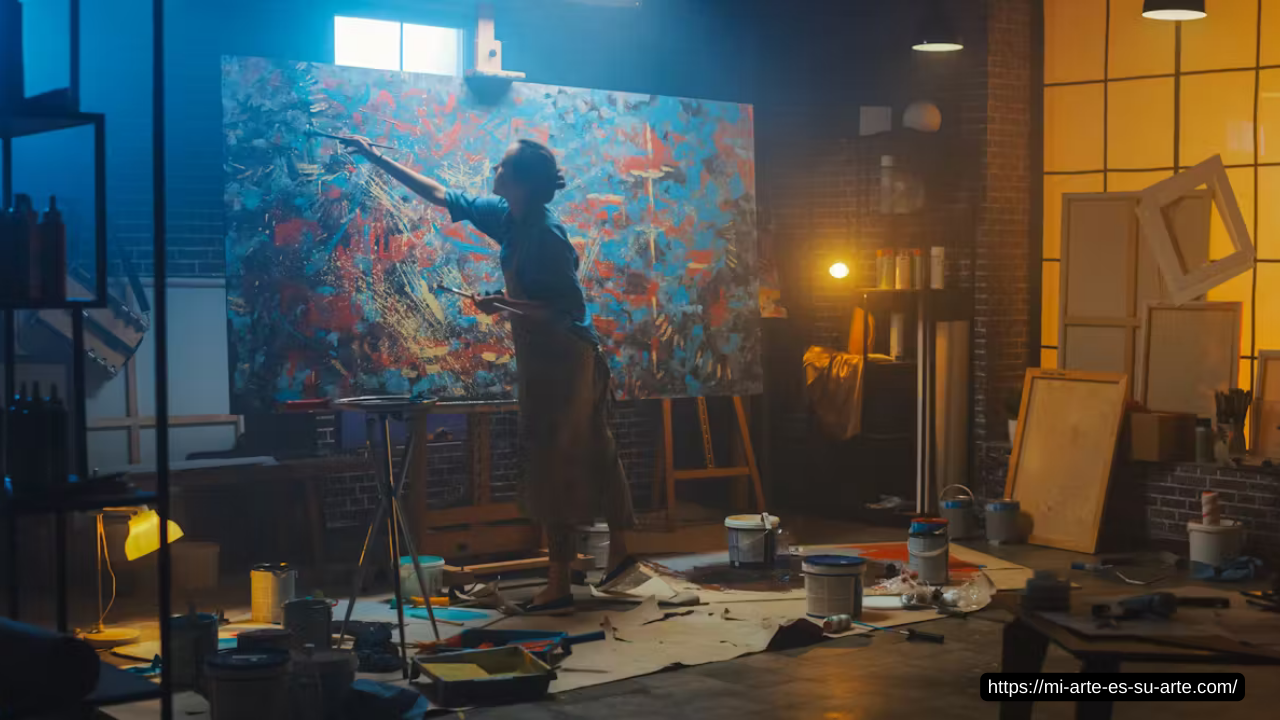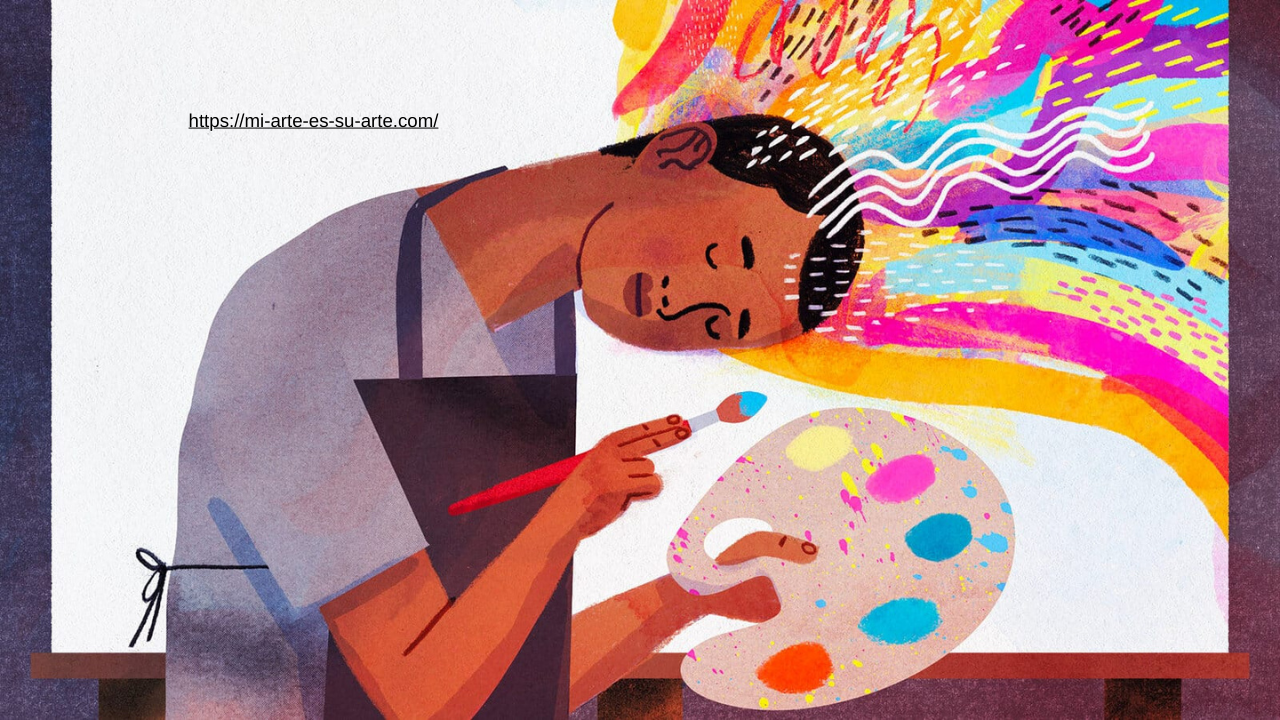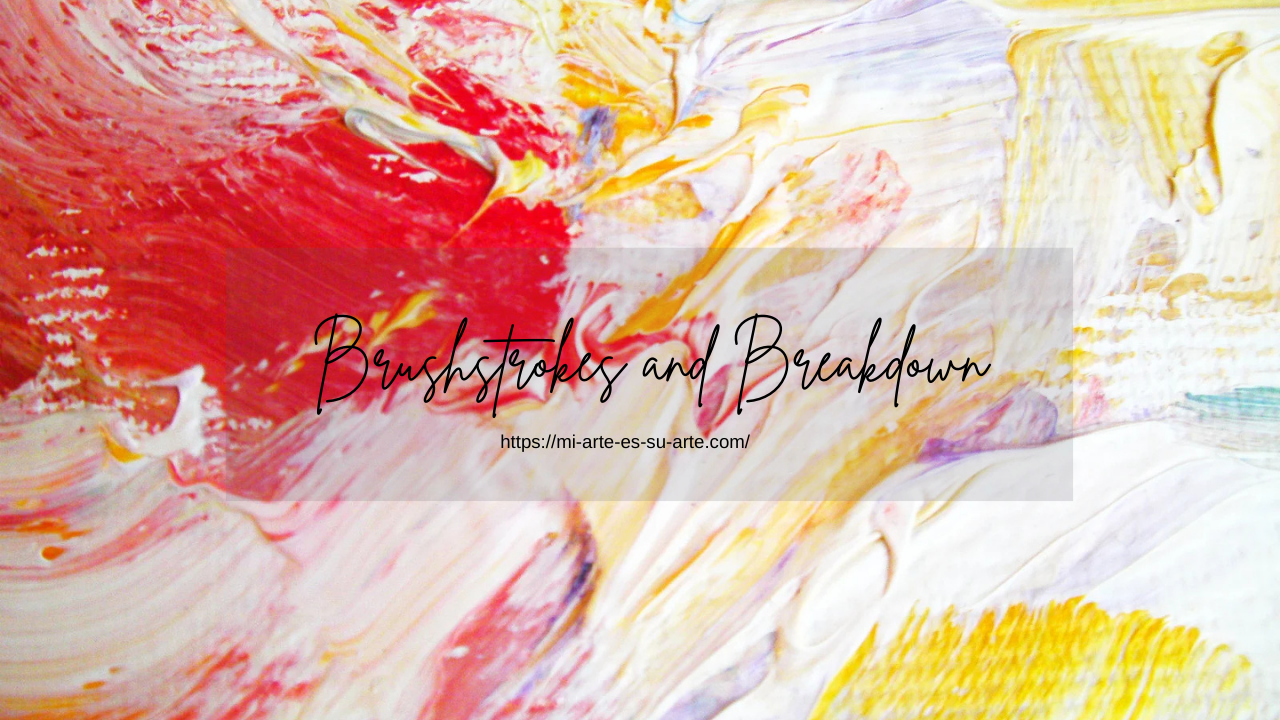 For centuries, society has romanticized the image of the tortured artist. From poets to painters, many have believed that suffering is the price of creative brilliance. While it is true that artists often draw from deep emotions, the idea that mental illness or addiction is necessary for creativity is a harmful myth. In reality, the struggle with mental health can diminish creativity and place artists at greater risk of despair and dependency. It is time to rethink this connection and explore healthier paths for artistic expression.
For centuries, society has romanticized the image of the tortured artist. From poets to painters, many have believed that suffering is the price of creative brilliance. While it is true that artists often draw from deep emotions, the idea that mental illness or addiction is necessary for creativity is a harmful myth. In reality, the struggle with mental health can diminish creativity and place artists at greater risk of despair and dependency. It is time to rethink this connection and explore healthier paths for artistic expression.
The Myth of the Tortured Artist
The notion that pain produces better art has been celebrated in books, films, and cultural narratives. Yet this belief often overlooks the reality of suffering. Depression, anxiety, and addiction can drain energy, impair focus, and strip away the joy of creation. Rather than fueling inspiration, untreated mental illness frequently silences voices and prevents artists from reaching their full potential.
The Emotional Sensitivity of Artists
Many artists possess a heightened sensitivity to the world around them. This sensitivity allows them to capture beauty and emotion with depth and authenticity. However, it also makes them more vulnerable to stress, trauma, and emotional pain. Without healthy coping strategies, these feelings can lead to self-destructive behaviors, including substance abuse.
Addiction as a False Solution
In the pursuit of relief, some artists turn to drugs or alcohol as a way to manage overwhelming emotions or escape pressure. At first, substances may seem to quiet anxiety or ignite inspiration, but over time they erode mental health and disrupt creativity. Addiction creates a cycle of dependency that leaves little room for authentic artistic expression.
Breaking the Cycle Through Healing
The good news is that artists do not need to suffer in order to create. Recovery and mental health treatment can provide tools to manage emotions while preserving creativity. Healing offers artists the ability to channel sensitivity into meaningful work without being weighed down by the destructive effects of addiction.
Inpatient and Outpatient Care
Professional treatment, whether inpatient or outpatient, provides structured support for those facing addiction and mental illness. Inpatient care gives individuals a safe and focused environment to begin their journey, while outpatient care offers flexibility for those who need to balance recovery with their artistic pursuits.
Holistic and Faith-Based Approaches
A truly effective recovery program recognizes the whole person. Holistic care integrates physical, emotional, and spiritual healing, often combining counseling, creative therapies, and wellness practices. For those seeking spiritual grounding, faith-based programs can help reconnect purpose and strengthen resilience. This individualized care empowers artists to find balance and rediscover joy in their craft.
Redefining the Narrative
The time has come to move beyond the glorification of suffering. True creativity does not require pain but flourishes in environments of balance, support, and freedom. By encouraging artists to seek help and embrace holistic healing, we can replace the myth of the tortured artist with the reality of the thriving artist.
Choosing Healing Over Harm
The link between art and mental illness is not destiny. While emotional depth may inspire powerful work, untreated mental health struggles and addiction are not prerequisites for creativity. Healing allows artists to reclaim their voices, rebuild their lives, and continue creating with clarity and strength. If you or someone you love is facing these challenges, know that support is available. Reaching out for help is not the end of creativity. It is the beginning of a healthier and more fulfilling chapter.
 Artistic communities have long been celebrated for their innovation, creativity, and ability to inspire. Yet behind the beauty and brilliance lies a reality that is often overlooked: many artists face significant mental health challenges and a higher risk of addiction. The demands of creating under pressure, coupled with emotional vulnerability and societal expectations, have contributed to a growing mental health crisis among creatives. Recognizing these struggles is the first step toward fostering healthier, more sustainable lives for artists.
Artistic communities have long been celebrated for their innovation, creativity, and ability to inspire. Yet behind the beauty and brilliance lies a reality that is often overlooked: many artists face significant mental health challenges and a higher risk of addiction. The demands of creating under pressure, coupled with emotional vulnerability and societal expectations, have contributed to a growing mental health crisis among creatives. Recognizing these struggles is the first step toward fostering healthier, more sustainable lives for artists. Art has the power to inspire, heal, and connect. For many creatives, whether painters, writers, musicians, or performers, the act of creation is more than a career or hobby—it is a lifeline. Yet, beneath the beauty of their work lies a hidden struggle. Artists often experience emotional vulnerability more intensely than the general population, leaving them at greater risk for mental health challenges and addiction. Understanding these risks is essential for supporting creatives in achieving both personal and artistic well-being.
Art has the power to inspire, heal, and connect. For many creatives, whether painters, writers, musicians, or performers, the act of creation is more than a career or hobby—it is a lifeline. Yet, beneath the beauty of their work lies a hidden struggle. Artists often experience emotional vulnerability more intensely than the general population, leaving them at greater risk for mental health challenges and addiction. Understanding these risks is essential for supporting creatives in achieving both personal and artistic well-being.